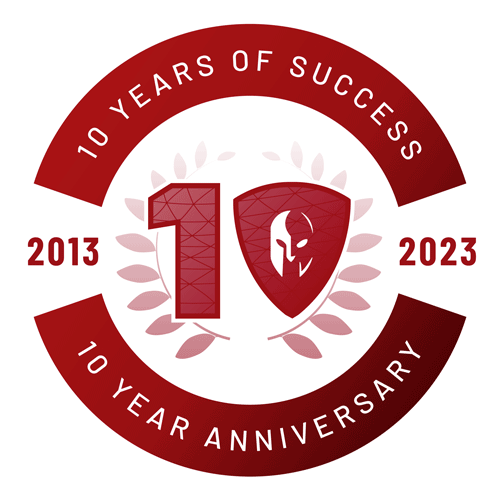Introduction
Zero Trust has become a dominant buzzword in cybersecurity circles—and for good reason. The principle of “never trust, always verify” provides a powerful philosophy for securing modern networks in an era where perimeter-based defenses no longer cut it. But there’s a growing problem: many organizations believe they’ve “gone Zero Trust” when in reality, they’ve only scratched the surface.
The illusion of a secure Zero Trust framework can be more dangerous than no framework at all. If security teams operate under the assumption that their environment is airtight, they may overlook hidden risks, misconfigurations, and blind spots that are quietly undermining their defenses.
What Is Zero Trust?
At its core, Zero Trust is a security strategy that eliminates implicit trust in users, devices, and applications—regardless of where they’re located. Instead, access is granted based on rigorous identity verification, real-time context, and continuous monitoring.
A truly effective Zero Trust architecture includes:
- Micro-segmentation of networks and workloads
- Continuous validation of user identities and device health
- Least-privilege access controls
- Endpoint and cloud workload protections
- Real-time behavior monitoring and threat response
Implementing these elements isn’t a one-time event—it’s an ongoing process. And therein lies the problem.
The Common Gaps That Undermine Zero Trust
1. Overreliance on MFA or VPNs
Many organizations consider multi-factor authentication or VPN usage as proof of Zero Trust. While both are important tools, they’re only part of the puzzle. Zero Trust requires a comprehensive look at identity, access, and behavior—not just gatekeeping at login.
2. Incomplete Visibility
You can’t protect what you can’t see. Blind spots in network traffic, shadow IT, or third-party access can allow threat actors to move laterally or exploit outdated systems, even in environments labeled as Zero Trust.
3. Trust Assumptions in Internal Systems
It’s common for organizations to apply stricter policies at the edge while leaving internal traffic relatively unrestricted. This defeats the purpose of Zero Trust, which assumes that any device, anywhere, could be compromised.
4. Stale Access Permissions
Without regular audits, users may retain access long after it’s needed. Excessive privileges are a prime target for attackers—and without ongoing enforcement of least-privilege policies, Zero Trust becomes Zero Effectiveness.
5. Static, Outdated Configurations
Networks evolve, but security policies often don’t. What worked at deployment may no longer reflect the current environment. Zero Trust must be dynamic, continuously adjusting to shifts in infrastructure, personnel, and risk.
How to Close the Gaps
Identifying these weaknesses isn’t always easy—especially when traditional assessments only provide a surface-level snapshot. That’s where a comprehensive diagnostic like Andersen Consulting’s Zero Trust verification service can make the difference.
Unlike standard audits or pen tests, the verification service takes a full-spectrum, omniscient view of your Zero Trust architecture to:
- Pinpoint misconfigurations and over-permissioned accounts
- Identify hidden or forgotten devices and data flows
- Detect policy drift and outdated rule sets
- Validate enforcement of Zero Trust principles in real-time
More importantly, it delivers a straightforward, actionable plan to close those gaps—before attackers find them first.
Zero Trust Is a Journey, Not a Checkbox
Declaring “we have Zero Trust” doesn’t make it true. A secure framework requires continuous validation, adjustment, and improvement. The illusion of Zero Trust can lull organizations into a false sense of security—one that skilled attackers are all too eager to exploit.
To realize the full potential of Zero Trust, organizations need to take a hard, honest look at their security posture and commit to making invisible risks visible. With tools like Andersen Consulting’s Zero Trust verification service, that visibility—and the resilience it brings—becomes achievable.
We're Here to Help
Secutor Cybersecurity is a trusted partner comprised of industry leading experts in the fields of Cybersecurity and Governance, Risk and Compliance.
Our proven track record of successfully exceeding client expectations is achieved through the combination of our methodical approach, advanced technologies, subject matter experts, and synergy with client team members.
Secutor is your team of world-class problem solvers with vast expertise and experience delivering complete solutions keeping your organization protected, audit-ready, and running smoothly.







